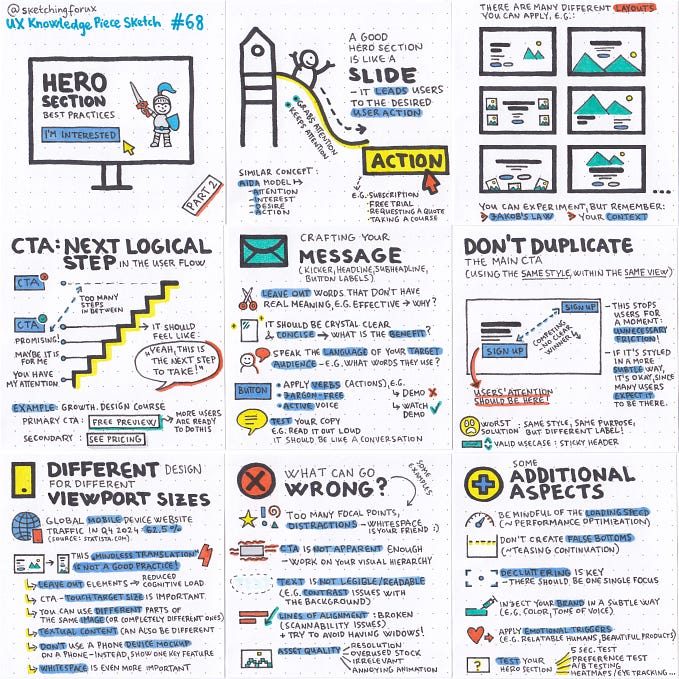From Shadow to Light : Rethinking Dark Patterns for Ethical Design

The line between guiding the user and manipulating them can sometimes become blurred. Dark patterns, or deceptive design models, are design techniques specifically crafted to mislead or manipulate users into making decisions that are not necessarily in their best interest.
These practices, although controversial, are unfortunately common in many digital products and services, exploiting users’ psychological vulnerabilities to further the business goals of companies.
However, if we adopt an optimistic perspective, these questionable practices can also serve as powerful catalysts for change. Indeed, by becoming aware of the harmful effects of dark patterns, designers can be inspired to adopt a more ethical and user-centered approach.
This shift towards what we might call light patterns — design practices that aim to enrich the user experience by being transparent, fair, and beneficial — is not only possible but necessary in our quest for more responsible and respectful design.
Through this process, we will discover how a deep understanding of manipulative design practices can light the way to innovative, ethical, and deeply engaging design solutions.
Understanding Dark Patterns to Inspire Good Design

Dark patterns represent a dark facet of digital design, where design techniques are not aimed at enhancing the user experience but at manipulating or deceiving the user to serve a company’s interests. These practices can range from misleading incentives to subscriptions that are difficult to cancel. Interest in these techniques is growing within the design community, not to apply them, but to understand and avoid them while drawing valuable lessons for designing more ethically and with a user focus.
The First Step Towards Change is Identification
The first step in transforming dark patterns into a positive force is to clearly identify them. By recognizing manipulative strategies — such as fake countdowns, pre-selected options that favor more expensive choices, or user journeys designed to confuse — designers can develop a keen awareness of the impacts of their design choices. This awareness is crucial, as it allows questioning established practices and paving the way for more transparent and user-respecting alternatives.
Analysis to Understand the Impact
After identification comes the thorough analysis of dark patterns to understand their impact on the user experience. This analysis can reveal how these practices not only affect user satisfaction and trust but also the long-term reputation of the brand. By studying user reactions to these manipulations, designers can better understand the real desires and needs of their target audience.
Towards a More Ethical and Engaging Design
The knowledge of dark patterns and their impact encourages designers to adopt a more ethical approach, where the ultimate goal is the enrichment of the user experience. This involves creating designs that not only respect the user but also seek to establish a relationship of trust and mutual engagement. By turning negative insights into positive design principles, designers can innovate in how to design interfaces that provide genuine added value for the user.
This section lays the foundation for our reflection on how a deep understanding of dark patterns can serve as a catalyst for the development of a more ethical, user-centered design. The next step will be to examine concrete examples of dark patterns and propose ways to transform them into light patterns.
Transforming Dark Patterns into Light Patterns
Having understood the importance of recognizing and analyzing dark patterns, we can now explore how these practices can be transformed into light patterns. Light patterns are design techniques that promote a positive, ethical, and engaged user experience. Here are some examples of transforming dark patterns into light patterns:
From Obscuration to Transparency
Dark Pattern: The hiding of crucial information, like concealing additional fees until the last step of a purchase.
Light Pattern: Adopt total transparency from the beginning of the user journey. This can translate to displaying the total costs from the product’s first page or providing clear explanations about subscriptions and service conditions. Such an approach strengthens user trust towards the brand and contributes to a more informed purchasing decision.
From False Urgency to Empowerment
Dark Pattern: Creating a false sense of urgency with misleading countdowns to pressure the user into making a quick decision.
Light Pattern: Replace false urgency with empowering the user. This might involve providing helpful information to help the user make an informed decision at their own pace. For example, rather than using a countdown, offering a comparative guide or real customer reviews can help the user feel more in control of their decision.
From Confusion to Clarity
Dark Pattern: Designing interfaces that confuse the user, leading them to take undesired actions, like subscribing to newsletters or accepting unfavorable conditions.
Light Pattern: Favor simplicity and clarity in interface design. This means creating intuitive user journeys, where each action is accompanied by a clear explanation of what it entails for the user. Options should be presented fairly, without pre-selecting the most profitable choices for the company.
From Harassment to Respectful Engagement
Dark Pattern: Harassing the user with repetitive pop-ups or aggressive solicitations.
Light Pattern: Engage the user in a respectful manner by using discreet invitations and prioritizing the overall user experience. For example, rather than bombarding the user with pop-ups to subscribe to a newsletter, a more subtle and less intrusive option could be provided, such as a bookmark or a dedicated section where the user can sign up if they wish, at their own pace.
These transformations are not only beneficial for the user; they can also help build a long-term relationship based on trust and mutual respect between the user and the brand. By focusing on creating light patterns, designers have the opportunity to redefine the user experience as rewarding, satisfying, and most importantly, respectful.
In our journey through the intricacies of dark patterns and their potential transformation into light patterns, we have explored how a deep understanding of manipulative design practices can not only prevent their use but also inspire a more ethical and user-centered design approach.
Exploring dark patterns should not be seen as an end in itself but rather as a starting point for questioning established design practices and constantly seeking to improve the interaction between the user and the product. By turning negative insights into positive design principles, we can not only avoid ethical pitfalls but also significantly enrich the user experience.
This article calls on designers to adopt a critical and creative approach in their practice, becoming aware of the impacts of their design decisions on users. It reminds us of the importance of building experiences that seek not only to engage users but to establish a relationship of trust and mutual respect. Ultimately, rethinking dark patterns is a call to action for us, as a design community, to commit to a future where design is synonymous with ethics, transparency, and human-centered innovation.
Don’t hesitate to clap 👏 if you enjoyed this article and subscribe; I share a new story every day. ✍🏻
You can also follow me on Threads, Youtube, or Instagram, where I regularly post content. 📹
Lastly, if you’re interested in receiving free and personalized tips, simply join my newsletter. 📩









